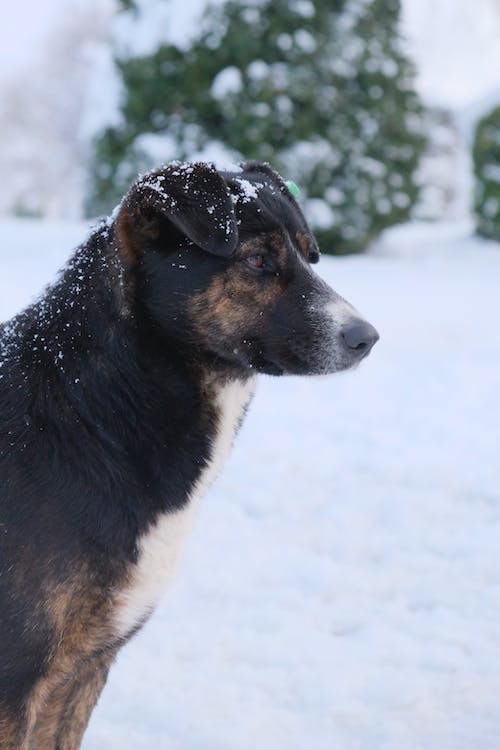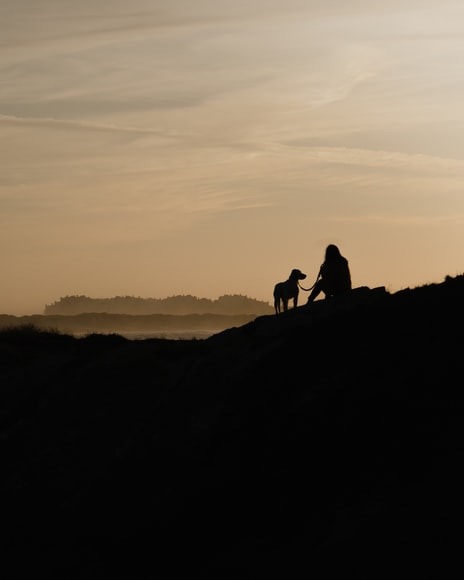The ideal dog in the farm should possess these qualities: versatility, intelligence, and loyalty. These traits are essential in the field to help farm owners in working in the field. Interestingly, there is one dog that fits this description perfectly; it is no other than the Hungarian breed: Mudi.
Mudi is a medium-sized dog packed with several excellent qualities. It is the perfect all-around farm dog, helping farmers ever since its early existence. It is capable of working in a wide range of jobs and can adapt to various circumstances; it is suitable to work as a herder, hunter, guardian, cattle-driver, and so on. The exceptional talent of this breed is what makes it attractive, mostly to farm owners.
Moreover, the Mudi holds many more qualities besides its mastery in the field. Another trait that makes it admirable is its remarkable loyalty. This feature does not only make the Mudi a working dog; it also allows to work well as a family companion. If you are looking for a dog that is capable of working in diverse activities, as well as living with you as a family pet, the Mudi it pretty much suitable for the role.
Origins of the Mudi
The Mudi has its share in the fascinating history of dogdom. We can trace back its origins to the early 20th century, wherein it was already classified as a farm dog. However, unlike the modern process of classifying such dogs, the Mudi was not yet identified as a separate breed during its early existence.
Hungarian sheepdogs prior to the 19th century were generally classified into two groups: large and small. It is not much of a hassle classifying these dogs during this time. However, this improper manner of classifying dogs results in confusion, especially for the breeders. This event led to the development of a more systematic approach in classifying dog breeds in mid-19th century.
Because of this early practice of Hungarian breeders, the Mudi pretty much has the same origins as the Pumi and Puli – both being known Hungarian sheepdogs. The original process of breeding dogs depends on the size; large dogs are separated from the small ones. Other than that, breeders do not have any other methods of distinguishing their trusted sheepdogs.
Interestingly, the breeding process continued to advance over the years. In 1930, Dr. Deszo Fenyesi was among the breeders who initiated the separation of the breed, giving it the name “Mudi.” As expected, their hard work paid off and officially registered the Mudi as an official breed in 1936.
However, the greatness of the Mudi suddenly vanished when World War II came. Similar to other breeds, the Mudi reached the brink of extinction and had a catastrophic decline in its population. Thankfully, a few dogs survived the disastrous event; from these survivors, breeders started to work on bringing the breed to its former glory. In 1966, the breeders succeeded in reviving the breed, and Dr. Zoltan Balassy wrote a new breed standard to apply for FCI recognition.
There were many conflict in the recreation of the breed, mainly because of the insufficient number of dogs used in the process. Interestingly, the FCI approved the breed standard the same year it was applied.
In addition to this, the restoration process for the Mudi continued for decades, which led to better results in terms of its appearance and overall characteristics. Because of this achievement, a new standard was written in addition to the original document published.
Characteristics of the Mudi
Height: 15 – 18.5 inches
Weight: 18 – 29 pounds
Life Expectancy: 12 – 14 years
Hypoallergenic: No
As mentioned earlier, the Mudi is a medium-sized breed that could stand up to more than eighteen inches tall and weighs up to twenty-nine pounds. This medium size body is perfect for various indoor and outdoor activities, which explains how this dog is able to dominate the field.
Speaking of its skills, the Mudi shines in several jobs, wherein herding is one of the most common. Ever since its early existence, it was already known as a farm dog, helping farmers in herding flocks, guarding the farm, as well as cattle driving. The incredible skillset of the Mudi earned it a reputation as a versatile breed, being able to cope with various types of canine tasks. Today, the Mudi does not only excel in farm works; it is also a credible sports dog, show dog, and a well-known “search-and-rescue dog.”



